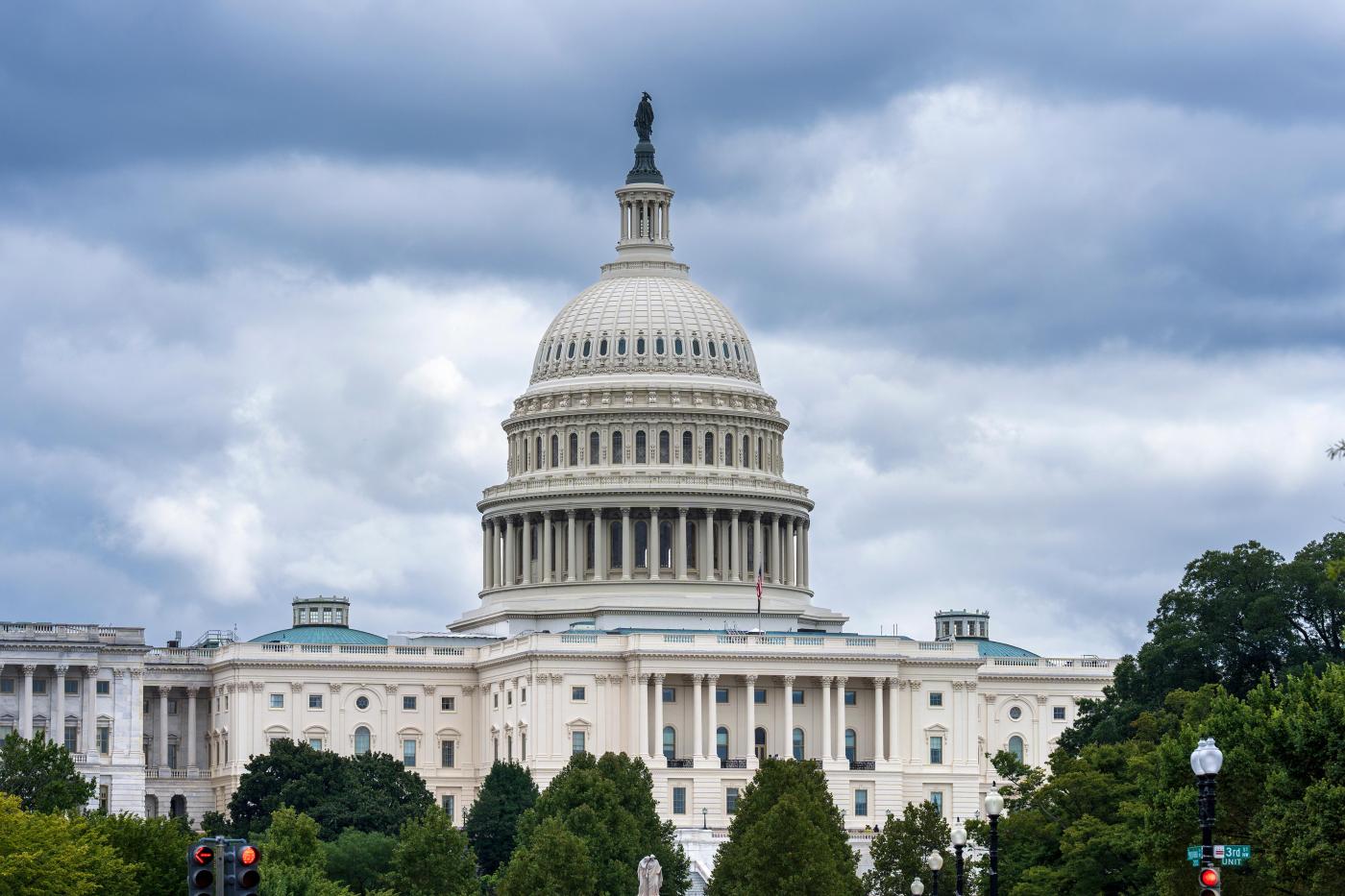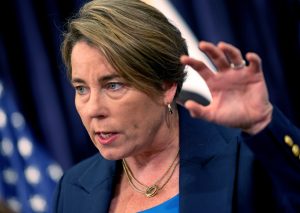
Shedelbower: Stop playing politics with the infrastructure
The federal government recently announced $1 billion in additional financial grants funded by the 2021 infrastructure package. When passed more than two years ago, the legislation was described as a rare display of bipartisanship in Washington. Fast-forward to today, and new findings suggest the law is being applied with a blue-state bias.
Considering the tension around the coming election, federal officials should not be playing politics with bipartisan infrastructure spending. Even the appearance of impropriety should be avoided.
Under the infrastructure package, the Transportation Department can disperse billions of dollars in grants to improve roads, bridges, rails and other travel systems. More than 40% of roads are in poor or mediocre condition, while one in three bridges need repair or replacement.
The support is needed in states regardless of whether control is in the hands of Republicans or Democrats. Take the 2023 train derailment in East Palestine, Ohio, — a Republican state — or the Baltimore bridge collapse in Democrat-controlled Maryland earlier this year.
After digging into the data of five critical grant programs managed by Transportation, a partisan disparity in the distribution of funds emerges. The report finds that infrastructure projects in states with Democratic governors received 70% of grant money while Republican-led states collected 30%.
Of course, many factors affect how infrastructure dollars — funded by taxpayers — are spent. Roads and bridges experience more wear and tear in areas with higher population levels. Weather patterns such as snow and ice, the frequency of natural disasters, and extreme temperature swings also contribute to damage levels.
However, given the U.S. population is split 45% to 55% between Republican- and Democrat-governed states, the infrastructure funding gap should at least raise eyebrows.
It’s also important to note that infrastructure is not merely about concrete and steel but about opportunity, access and economic growth. When infrastructure investment is unevenly distributed, it exacerbates regional inequalities, leaving some areas behind.
The administration is also attempting to paper over rising healthcare costs for seniors. Medicare premium increases will be announced ahead of the election — a disclosure that won’t do the Kamala Harris campaign any favors given that the vice president is partly responsible.
To get ahead of it, the Health and Human Services Department is exploring taxpayer-funded subsidies to blunt the ballooning prices. In the long run, the accounting trick will drive costs higher.
While the 2021 infrastructure package was hailed as a bipartisan victory, a closer look at how the transportation grants have been distributed suggests a different story. The political identity of state leadership is seemingly playing a role — leaving half of America behind.
Jackson Shedelbower is the executive director of the Center for Transportation Policy/InsideSources.com.
Editorial cartoon by Gary Varvel (Creators Syndicate)


